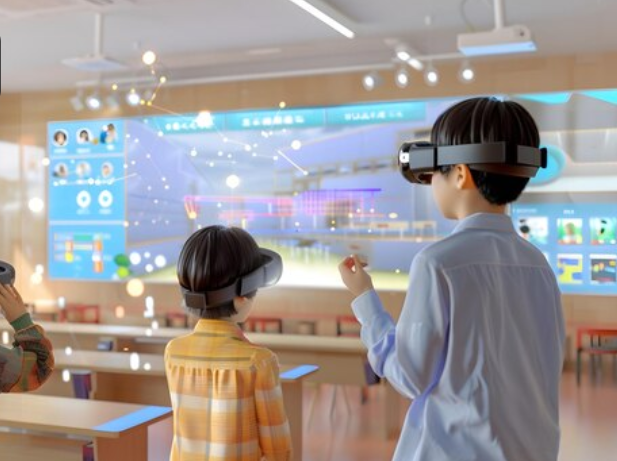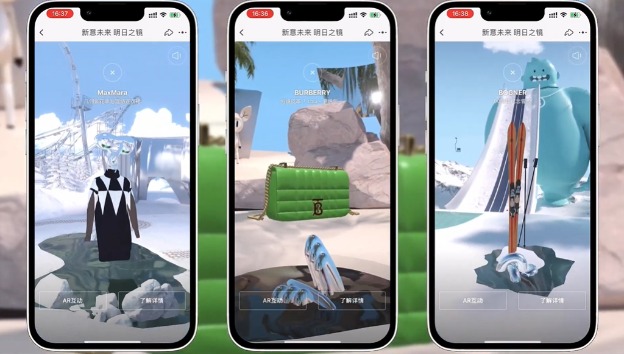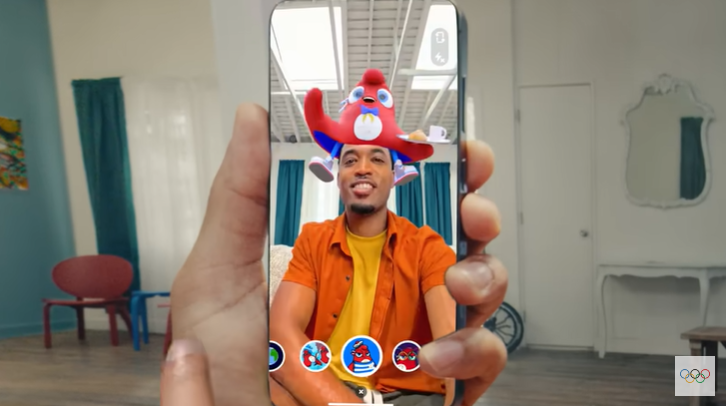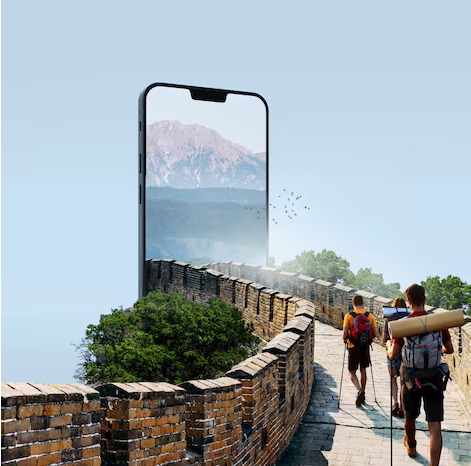What is Augmented Reality in education?
Augmented reality is a technology that applies digital features to real-world things to improve what users see and experience. The trend of augmented reality is increasing in educational institutions worldwide. It allows the learners to interact and engage with the learning materials. This makes their learning experience more effective and easy. Through augmented reality, users can interact with virtual and real time apps and visual graphic experiences.
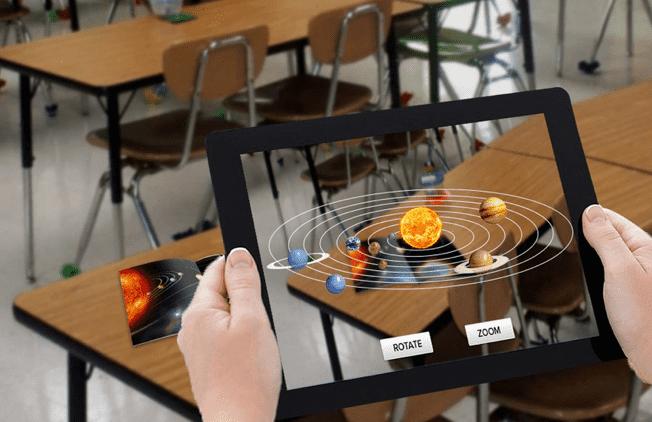
source: sugoilabs.com
Types of Augmented Reality in education:
There are three main types of AR that can be used in education.
Projection-Based Augmented Reality
In this type, AR, develops an virtual display of actual environment by imposing digital visuals onto physical things. Students can use this to visualize abstract ideas and investigate 3D models. They can even mimic experiments in topics like physics, engineering, and mathematics.
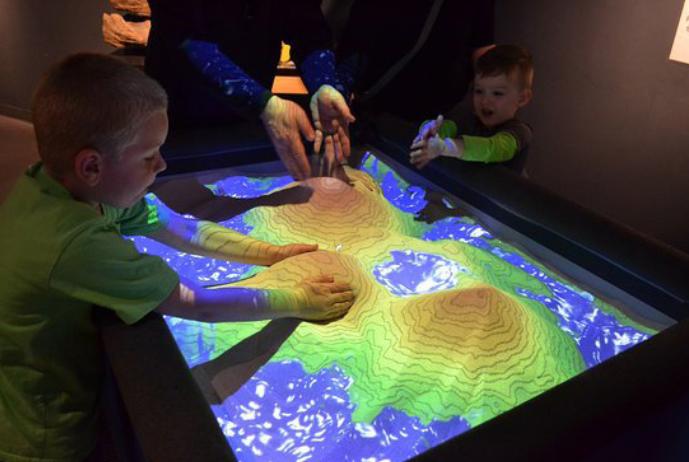
source: www.researchgate.net
Superimposition-Based Augmented Reality
Superimposition-based AR is particularly useful in subjects like biology, art, and history. It enables the addition or replacement of new digital elements to an existing image. This allows students to study artworks, look into artifacts, and virtually dissect specimens without the need for being physically present.
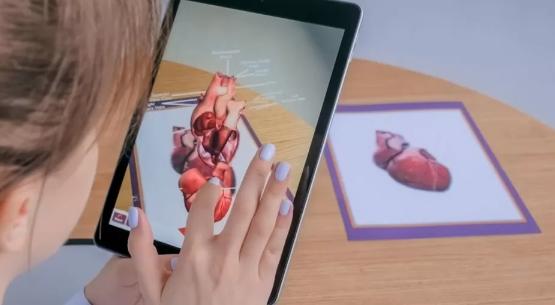
source: New Discovery Agency
Location-Based Augmented Reality
This type of AR displays relevant information according to the user’s location. For this, it uses GPS and other location-based sensors on a smartphone. Location-based augmented reality can be used through educational trips, outdoor learning exercises, and geography courses. It can also be used in the classroom to provide students with real-time updates about their surroundings and enhance their global understanding.
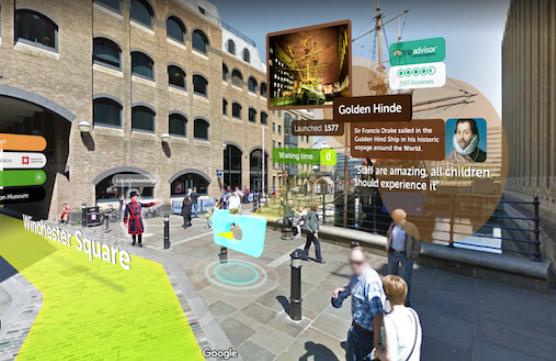
source: Blippar
Benefits of Augmented Reality in education
An innovative learning approach
Using AR in classrooms, teachers can use digital displays and rich visuals to get a hold of student’s minds. It lets students learn by putting them in the middle of the action. Additionally, speech technology keeps students interested by giving them detailed information in a voice format. With such technological advancements, AR will completely replace the printed textbooks and other such physical learning forms in future.
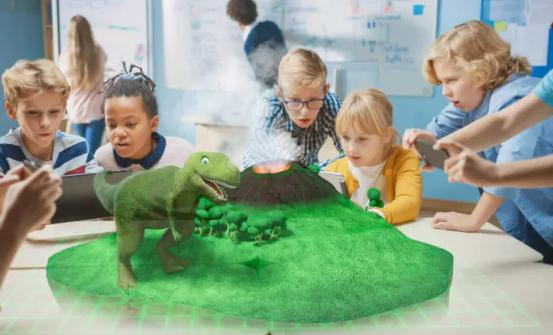
source: Koombea
Learn Anytime, Anywhere
Learners can access all their learning materials through Edtech apps and other digital learning platforms. This mobile mode of learning breaks all the barriers of time and space. It makes all the learning elements accessible at any time and place. Moreover, the use of AR devices proves to be very cost effective in long term. You do not need to invest in any additional resources.
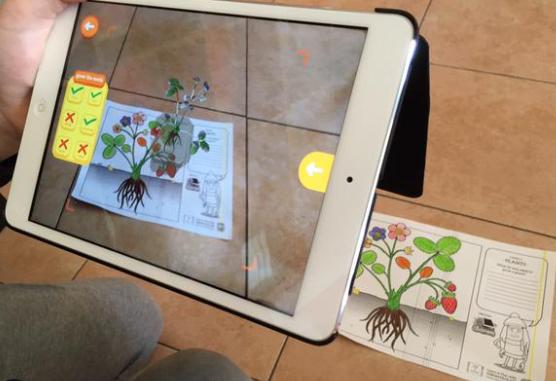
source: Education World
Boost skills and confidence
The use of multimedia and virtual realities broaden the horizons of student’s minds. They can virtually explore the things and places that would usually be out of reach. In this way, they learn to think beyond the limits of pages and classrooms. This makes them think logically and creativity.
Personalized learning
Augmented reality makes learning experience personalized according to the learner’s need. They can modify interactions and content according to their development and skill level. AR is capable of accommodating varying learning styles, speeds, and preferences with its customizable virtual settings. This improves the learning results through increased student engagement and better comprehension.
Major AR education trends
AR EdTech apps
With the rising trend of students learning from home, keeping them focused in lectures is quite challenging. Therefore, eLearning app owners are now embracing AR technologies.
Educational AR apps can allow educators to build their own AR content and lesson plans. Teachers can also motivate students to do the same. For this, teachers and students will need AR apps with built-in studios to generate the content they want.
Surge in use of mobile AR
The mobile AR market is growing quickly and education sector can gain from it a lot. They can enhance their teaching practices by immersing virtual elements. Imagine, students can explore and virtually dissect organs in 3D with AR apps on their devices.
In an other scenario, students can use their phones to learn about history by adding AR overlays on historical landmarks. All of these applications of AR can bring a revolutionary change in education industry. Hence, mobile AR has endless potential in education system.
Web-based AR solutions
Augmented experiences usually require installing the AR apps. But with web AR, students can simply use a browser to access the learning materials on their devices. This makes their learning experience personalized and seamless. With its incredibly user friendly interface, web AR is surely going to be a big thing in classrooms in upcoming years.
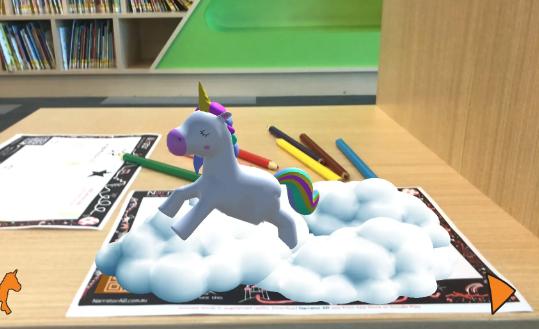
source: Edutopia
Debunking Augmented Reality myths in education
There are a lot of misconceptions regarding augmented reality technology, particularly in relation to its use in education. Let’s debunk some of the most popular ones.
“AR is only for gaming and fun”
At the moment, AR is most commonly used in gaming and entertainment. Nobody contests that. However, saying that these may be the only use cases, would be inaccurate. AR has many advantages in educational institutions which include improved visualization and more student engagement..
Learning with augmented reality experiences will increase learner motivation and engagement. It also promotes creative thinking in the classroom. AR experiences can be used as wall hangings, posters, textbooks, course materials, and e-learning content. In this way, AR will completely transform the educational process.
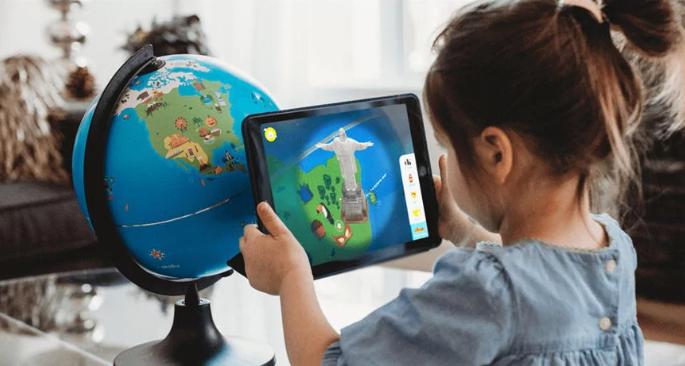
source: program-ace.com
“AR is too expensive for education”
There are undoubtedly expenses involved in integrating AR into the classroom. Investments in headsets, augmented reality content, and device management are all necessary.
However, these expenses are not as significant as many people believe. There are many inexpensive ways to incorporate AR into the classroom. These include pilot programs to gain support and the use of inexpensive headgear.
“Teachers find AR too complicated”
This can indeed be the case right away. The majority of instructors will come to believe that augmented reality is too complex for everyday usage in the classroom if you force them to manually install information onto dozens of AR devices.
Fortunately, managing AR devices and content is made simple for everyone by systems. Teachers can effortlessly upload and send content to students, shut down devices, and keep an eye on usage from a single interface.
How AR has affected the education sector?
Augmented reality has changed the educational landscape completely. Teachers can support the learning text with virtual examples that extend beyond classroom. In this way, students can memorize the concepts quickly and efficiently. Overall, augmented reality helps the learners to get a more realistic and real life experience of learning.
Conclusion
Augmented reality (AR) has the potential to completely transform education sector by providing interactive and dynamic learning opportunities. AR improves understanding of complex concepts by effortlessly fusing digital components into the physical world.
AR serves to bridge the gap between theoretical concepts and real-world applications. Moreover, AR can change classrooms into dynamic spaces for inquiry and discovery. AR has the potential to completely transform education in the future by making it more impactful, accessible, and engaging than ever before. You can get various try on solutions for augmented reality education purposes on Kivisense.

